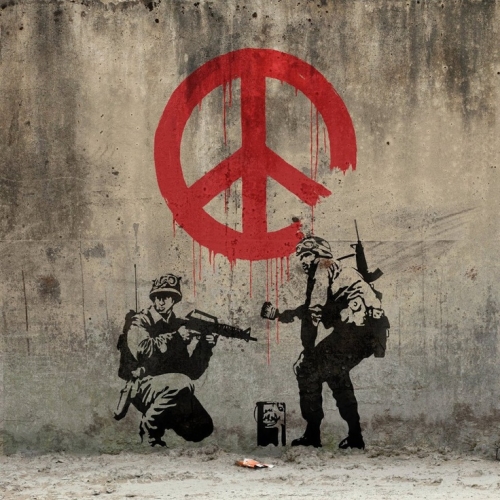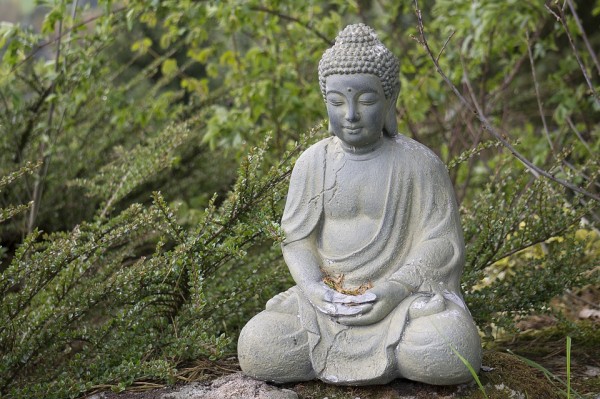
A gentleman stood in front of this beautiful display of flowers and a small figurine standing on a stand surrounded by water. The man held a long wooden stick with a small cup at the end. He was basting the figurine with the water. This seemed a bit strange. Surely we weren’t going to eat a well basted figurine today.
By Holly Herring
When I was expecting my first child, I read a lot of instruction manuals.
I considered those baby books instruction manuals because I definitely had no idea what I was doing and relied on them for all of my preparation. I had known babies, and I had been a baby, and I heard babies like baths. In fact, “like” is too limiting, babies love baths. There are women out there, and I know this because of instruction manuals, who would deliver their baby in the bathtub! The babies just swam right out like mermaids or something.
My baby hated the bath.
He would scream the minute his big toe hit the water and he didn’t stop until he was completely dried off and wearing his baby jammies. I’m not sure what the problem was because I followed the instructions to the letter. This screaming bath time practice continued until preschool and finally ended when he discovered a movie where this animated dinosaur named Aladar had to pull off a water rescue for his adopted lemur family members Plio and Yar.
“Plio! Yar! Where are you!” my son would shout while splashing his Happy Meal toys in and out of the bath water. This went on for hours upon hours. I’d change out the bathwater multiple times to ensure warmth. It’s possible he made up for all his lost baby bath time in his preschool years. That kid sure was clean.
It was during my son’s preschool years that I started spending a lot of time at my major temple in Hacienda Heights, California.
This temple was an amazing place to visit with a preschool aged boy. Many statues had been imported from Taiwan to stand on the grounds and fill the on-site museum.
The temple itself had been designed to look very much like it would have had it been in Taiwan. There was a self-guided tour option that was offered that involved walking the grounds with a portable CD player and headphones. The CD gave directions and then information at every stop on the tour.
One day, when I arrived at the temple, I noticed a rather large number of people in attendance. Many were gathered in the central courtyard and were taking turns doing…something…in one particular spot. I got closer and closer until I saw what they were doing.
A gentleman stood in front of this beautiful display of flowers and a small figurine standing on a stand surrounded by water. The man held a long wooden stick with a small cup at the end. He was basting the figurine with the water.
This seemed a bit strange.
Surely we weren’t going to eat a well basted figurine today. People were taking turns basting and I walked right up and looked at the display nice and close to better figure this out. Then I saw it, there in the middle of the display—it was a Buddha Kewpie Doll.
They weren’t basting anything, they were trying to drown this baby Buddha figurine!
Sensing my confusion, and undoubtedly my whiteness, a venerable approached me. This nun bore the tell tale mark of nuns in my tradition, jieba. Jieba is a practice most of our venerables undertook involving burning three incense type sticks on their head, creating scarring. Some of our lay people had them on their arms as well. This was something that, I was told, came from the idea of burning your body being a way to gain enlightenment.
I understood it as the “hold my beer” of vow taking.
The three scars were meant to display their dedication to the triple gem—The Buddha, The Dharma, and The Sangha. So, there she was, clearly one of our nuns and she said to me, “It’s the Buddha’s birthday. Do you want to wash the baby?”
I stood there, silent too long, and the nun decided she should hand me the stick-cup device.
With the stick in my hand I looked at Kewpie Buddha sitting there, all disco with one finger pointing to the sky and one pointing to the ground just like John Travolta. With my previous baby bathing experiences at the front of my mind I scooped up some of the flower water and held my breath as I poured it right over Buddha Kewpie’s head.
Nothing happened. No screaming, no thrashing about. The nun looked at me and she did the triple half prostration everyone did there and then she took me aside so someone else could bathe the baby. She explained to me what this practice was about in her broken English. Now, I think it was the broken English that especially tuned me into this story.
She explained to me that when the Buddha was born, he shot out of his mom’s side.
She used her hands to demonstrate something that resembled a grenade launch from her rib cage. Then she told me that the baby came out walking and talking.
I pictured Buddha Kewpie being launched like a grenade out of his mother, then just ranting while he paced back and forth. Mom was apparently hanging out, leaning on this tree the whole time.
Eventually Buddha Kewpie struck his Disco pose and these dragons spit water on him. Now, I am using her word. The nun said “spit” so I had some serious visuals happening as she explained the dragon part. The newborn Buddha then told his mom this was the last time he would be born. He was DONE.
The nun took a little break, maybe for dramatic effect. We stood looking at each other and she looked like she might be ready to bow and leave but I had a question and with this whole scene going down in my head I just spat out, “But now what? What is this for?” This nun looked so excited that I wanted to continue talking.
The nun, smiling big now, said to me, “Three acts of goodness and five harmonies.” Without pausing for effect this time, she got right into the meaning.
I was eager to hear the nun and she started right in, “Do Good Deeds (she held her hands out towards me), Speak Good Words (she put her fingers to her lips), and Think Good Thoughts (she pointed near the jieba at her hairline).” I repeated this back to her and she nodded excitedly. Next she said, “Now we work for peace.”
She then spoke seriously to me saying, “harmony of joy inside you, harmony in cooperation of your family, harmony of respect for each other and yourself, harmony in unity of society, harmony of peace in the world.” When she said “world” she drew her hands around a big, invisible ball and then moved them outwards, as if she was being embraced by a planet.
Feeling I had taken enough of the venerable’s time, I gave the nun three quick bows and said “Amitofo,” and she did the same to me and then went off to greet more visitors. I often thought about this encounter and the conversation her and I had. Eventually I had opportunities to have more in depth conversations with my Sangha at the minor temple about this. I have a little more Westernized idea that I can relate this ceremony to now.
Essentially, the Buddha was not a god.
Buddhas are not deities. A buddha will not punish you or give you Scoobie Snacks for doing the right thing. The story of the Buddha being born with his mom leaning against that tree and that whole birthday celebration is to remind us that someone gave birth to all of us, even the Buddha, and those birth givers are intended to help raise us, bathe us, teach us discipline.
We learn these things because we need to learn to be our own source of direction, discipline, wisdom and generosity. While it starts at our birth with birth givers and familial support, we then start taming our own minds and doing good deeds, being in harmony, being the best version of ourselves and then being the best version of the world.
Bathing that baby Buddha was a practice in creating peace and harmony in myself and in the world.
Photo: Pixabay
Editor: Dana Gornall
Did you like this post? You may also like:
Comments
- Siddhartha, Holly, and The Little Prince - May 6, 2024
- Doing God’s Work - April 8, 2024
- Recovery is my Religion - April 2, 2024




